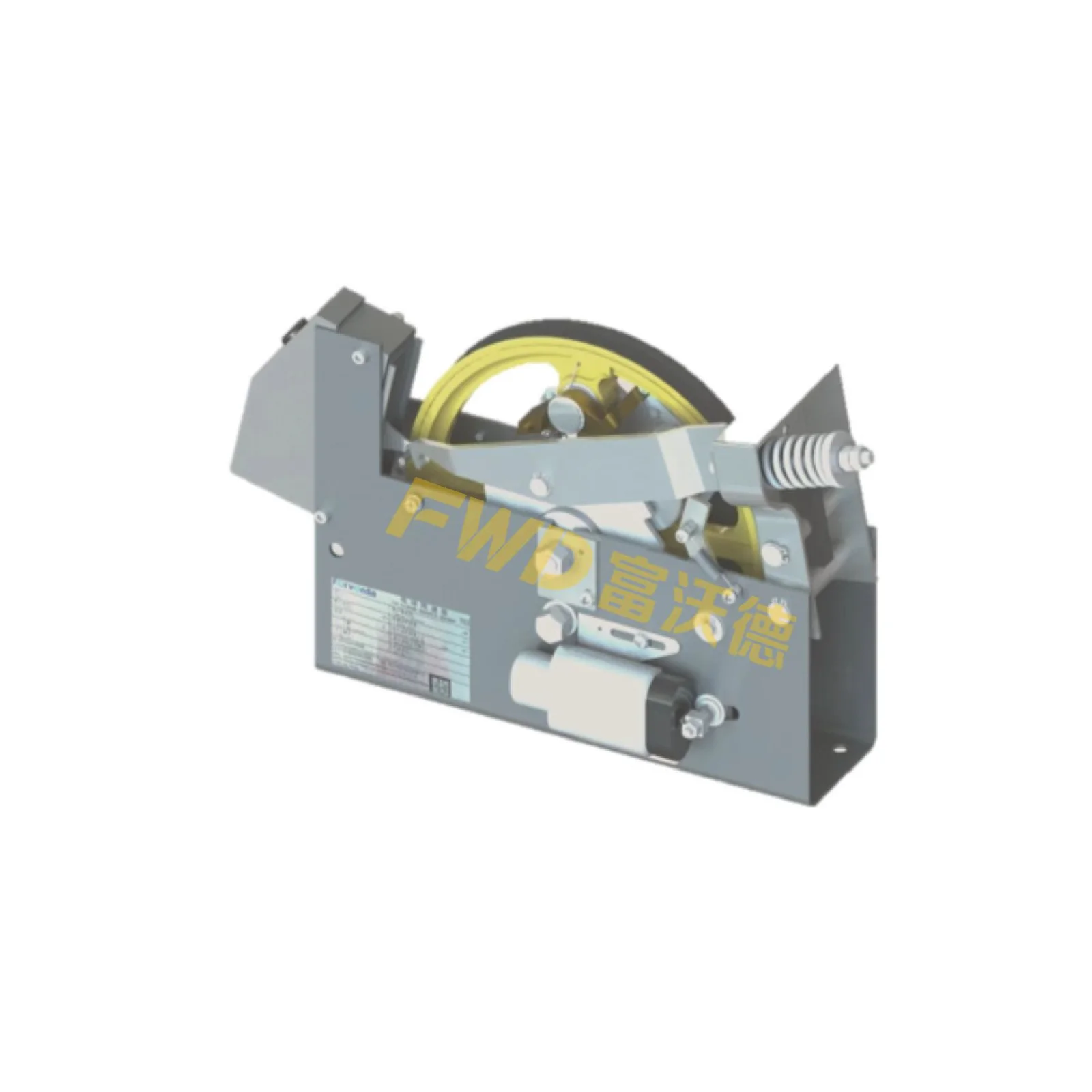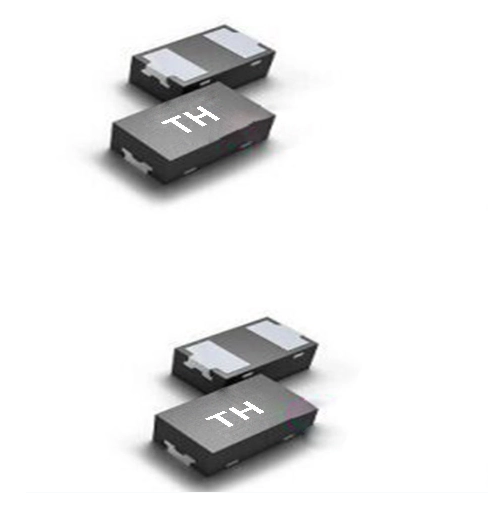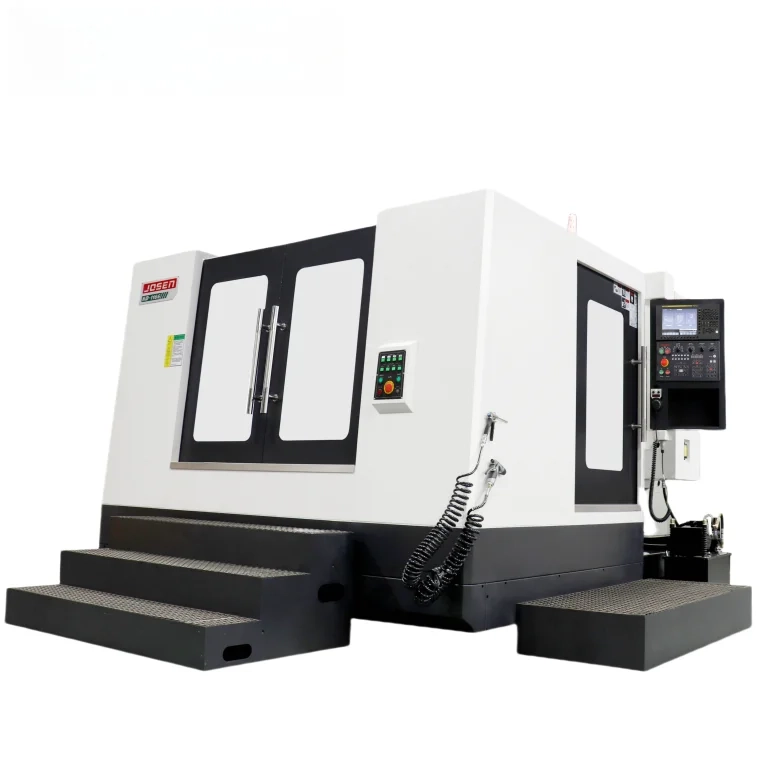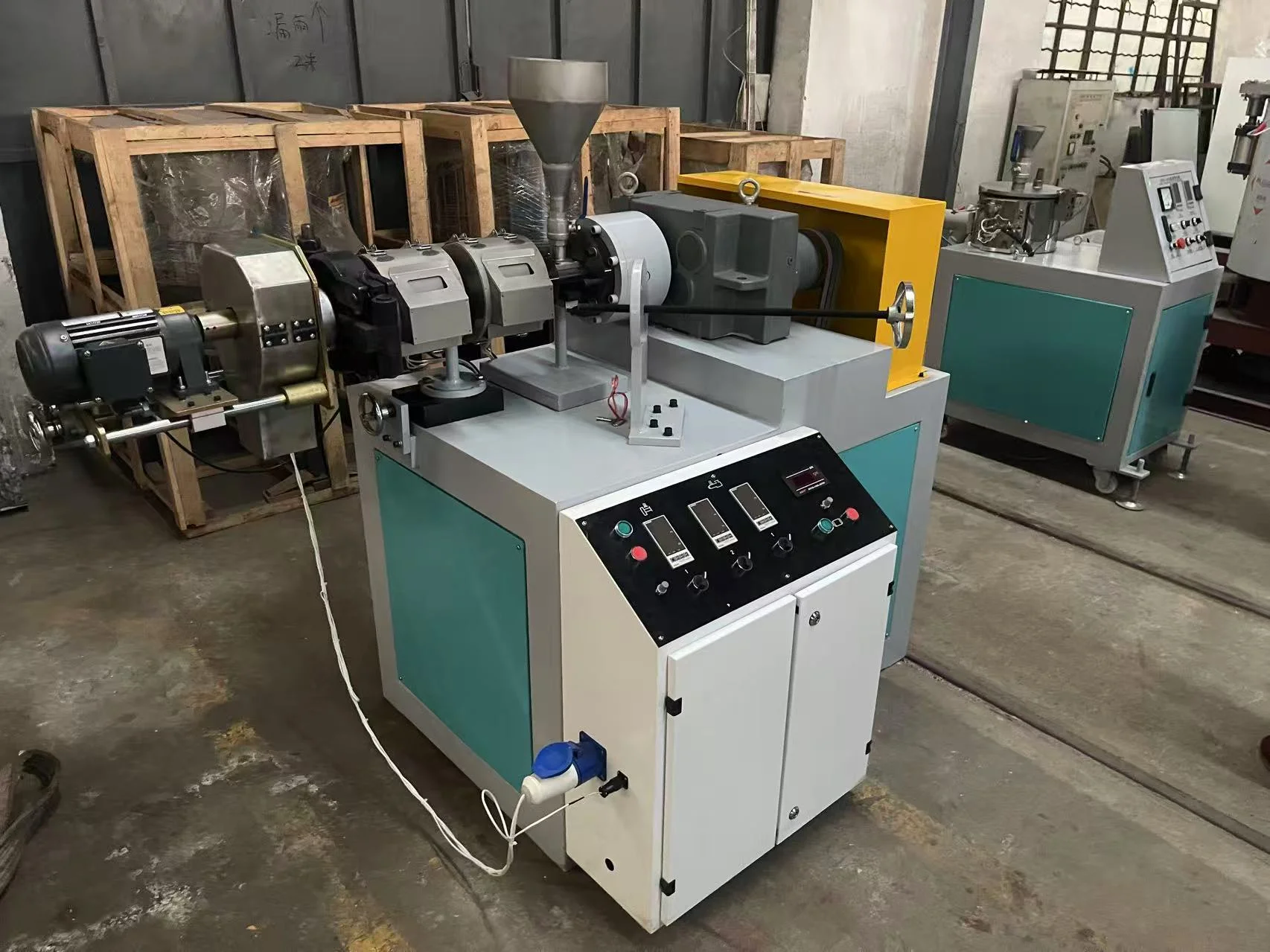Safeguarding Every Ride: The Essential Elevator Safety Devices That Protect Passengers

Elevators have become an essential part of modern buildings, allowing easy and efficient vertical transportation for people and goods. Whether in residential buildings, office spaces, or skyscrapers, elevators are vital for accessibility, and their safe operation is critical for the safety of building occupants. Given the increasing use of elevators in urban areas, ensuring their safe operation is of utmost importance. Elevator safety devices are designed to prevent accidents, protect passengers, and maintain smooth operation of the elevator system. In this article, Xizi Forvorda will explore the importance of elevator safety devices and how they work to provide secure and reliable vertical transportation in buildings.

The Core Function of Elevator Safety Devices
Elevator safety devices are essential components of an elevator system, designed to protect passengers and ensure that the elevator operates correctly. These devices serve a crucial role in maintaining safety and operational efficiency. They are engineered to detect and respond to issues, ensuring that problems are addressed promptly before they can lead to accidents, malfunctions, or system failures. The primary objective of these devices is to enhance both human safety and the reliability of elevator systems by preventing hazardous situations and minimizing risks. Elevator safety devices include various mechanisms that work together to create a safe and reliable transportation environment. These devices are responsible for monitoring a variety of factors, such as speed, weight, door operations, and mechanical functions, to ensure the elevator operates within safe parameters. Their importance cannot be overstated, as they act as a safeguard, maintaining control and preventing any potential accidents that could harm passengers or compromise the integrity of the elevator system.
Preventing Mechanical Failures
Mechanical failures, such as malfunctioning brakes, faulty pulley systems, or broken cables, can have disastrous consequences if left unchecked. Elevator safety devices are specifically designed to detect early signs of mechanical issues before they escalate into serious problems. For instance, the overspeed governor is a critical device that ensures the elevator does not move too quickly, while the safety brake system can engage if a failure occurs in the primary braking mechanism. These devices help prevent catastrophic events such as free-fall or uncontrolled motion, ensuring the system remains stable and safe for passengers. Moreover, regular inspections and automated monitoring systems incorporated into these devices help identify potential weaknesses or damage in the elevator's mechanical components, allowing maintenance teams to address problems before they become serious. This proactive approach ensures that the elevator operates smoothly and safely, with minimal downtime and reduced risk of mechanical breakdowns.
Managing Unforeseen Events
Elevator systems must be able to handle unexpected events that could pose safety risks, such as excessive weight or rapid movement. When an elevator is overloaded beyond its weight capacity, the safety device will activate to prevent the system from operating under dangerous conditions. Similarly, if the elevator moves too quickly, perhaps due to a sudden power surge or malfunction, devices like the speed governor will intervene to regulate speed and avoid potential accidents. Another common issue in elevator systems is the sudden stopping of the elevator, either due to a power failure or other technical problem. In such cases, safety devices like emergency brakes or backup power systems ensure that passengers remain safe and that the elevator comes to a secure halt. By continuously monitoring the movement and load, these devices act to prevent unforeseen situations that could endanger passengers or disrupt elevator functionality.
Ensuring Safe Passenger Transport
Ensuring the safe transport of passengers is one of the most vital functions of elevator safety devices. These devices control critical aspects of the elevator's operation, including speed, door functions, and weight limits, to make sure that the ride remains smooth and secure. For example, door sensors are installed to detect if passengers are too close to the doors, preventing them from closing on someone or something. Similarly, safety features such as the door-locking mechanism ensure that the elevator doors cannot be opened during travel, preventing accidental entry into an unsafe area. In addition to controlling movement, the elevator's weight limit sensors ensure that the system does not exceed its designed capacity. If the weight exceeds the safe limit, the system is programmed to prevent the elevator from moving, thus averting the risk of mechanical failure or accidents caused by overload. These safety measures work in unison to guarantee that passengers are not only transported efficiently but also remain safe throughout their journey.
Enabling Emergency Response
In the event of a malfunction or emergency, elevator safety devices are crucial for enabling immediate response and minimizing potential harm. Modern elevator systems are equipped with emergency communication systems, which allow passengers to alert rescue teams if the elevator becomes stuck or if there is an issue. Additionally, devices such as the emergency stop button enable passengers or operators to halt the elevator in case of an emergency, ensuring that the system does not continue operating under dangerous conditions. Emergency power systems also play an important role in elevator safety. In case of a power failure, these systems can supply backup energy, ensuring that the elevator can still operate long enough for passengers to safely exit or for rescue teams to reach them. These emergency response mechanisms are integrated into the safety device system to ensure that immediate action can be taken in case of any unexpected issue, safeguarding passengers and restoring normal operation as quickly as possible. The integration of these various safety devices ensures that any potential hazards in elevator operation are quickly addressed, allowing for smooth, secure, and uninterrupted service. With their ability to detect, manage, and respond to various problems, elevator safety devices are fundamental in preventing accidents and ensuring the overall safety of passengers during their travels.
How Elevator Safety Devices Contribute to Building Safety
While elevator safety devices are crucial in protecting passengers within the elevator car, they also play an essential role in ensuring the overall safety of the building. In case of an emergency, such as a fire or power failure, these devices help ensure that the elevator can still be used safely. Many modern elevators are equipped with fire safety systems that can detect smoke or heat and automatically redirect the elevator to a safe floor or evacuate the passengers.
Additionally, emergency communication systems built into the elevator allow passengers to communicate with emergency personnel or building security in case of an incident. These communication systems are essential in providing clear instructions for passengers, enabling safe evacuation procedures, and alerting emergency responders to any problems within the elevator.
Elevators are often part of a larger fire protection strategy in a building, ensuring that the elevator system does not become an obstacle in the case of a fire emergency. Proper elevator safety systems contribute to the overall safety strategy of the building, enabling effective and efficient evacuation if necessary.
The safety of elevator passengers is a primary concern for building owners, operators, and engineers. Elevator safety devices are essential in ensuring that elevators function reliably and that passengers are protected from potential accidents. From overload sensors to emergency brakes and safety buffers, these devices work together to minimize risks and ensure the smooth operation of elevators. Regular maintenance and checks of these safety systems are crucial to ensuring they continue to function optimally. In modern buildings, elevators are not just a convenience but an integral part of the infrastructure. As such, maintaining a robust and reliable set of safety devices is not only a legal requirement but an ethical responsibility to ensure the safety of those using these systems. By continuously improving and maintaining elevator safety devices, we can guarantee that these critical systems will remain safe, efficient, and reliable for years to come, providing secure vertical transportation in both residential and commercial environments.
https://www.xizi-ec.com/Safety-Components
www.xizi-ec.com
Zhejiang Xizi Forvorda Electrical Machinery Co., Ltd.


